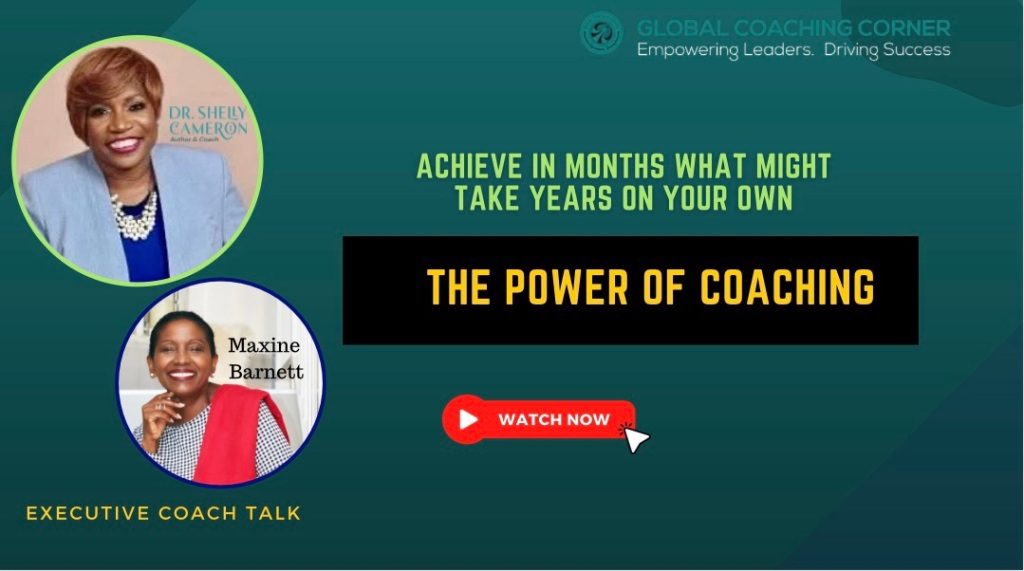
Your personal brand is a promise to your clients… a promise of quality, consistency, competency, and reliability.
Tim Ferriss
Many are the desires of the first-time author. Writing is the biggest. Often new authors find it overwhelming to write and see the manuscript to the end. When they do, the next step is often forgotten. Suddenly an author becomes and an entrepreneur – one in which they didn’t anticipate. Developing the book’s brand… yikes!
It’s important to the book’s success and target audience awareness. Essentially, building an author brand is very important because a strong brand helps you stand out, attract readers, and build a loyal fanbase. Here are six (6) steps to get you started:
Build Your New Author Brand
- Understand your Brand
- How do you distinguish yourself in the literary world?
- Discover your Brand’s Identity
- Reflect: Who are you as an author?
- Who is your ideal Reader?
- USP: What sets you apart?
- Create your author persona
- Define your writing style, tone tc
- Design consistent visual identity
- Create author Bio to showcase achievements, background, writing journey
- Build your online Presence
- Create author website to showcase books and engage with Readers
- Choose social media platform where target audience hangout
- Engage your Audience
- Develop content calendar
- Engage with Readers
- Connect with fellow authors
- Launch Book and Grow Brand
- Create buzz and Lunch or Re-Launch your book
- Collaborate to expand
- Keep learning. Keep writing.
- Be flexible and adaptable
There you have it. What has been your experience with the writing process? Do share. We would love to hear.
If you feel overwhelmed, let’s connect.












